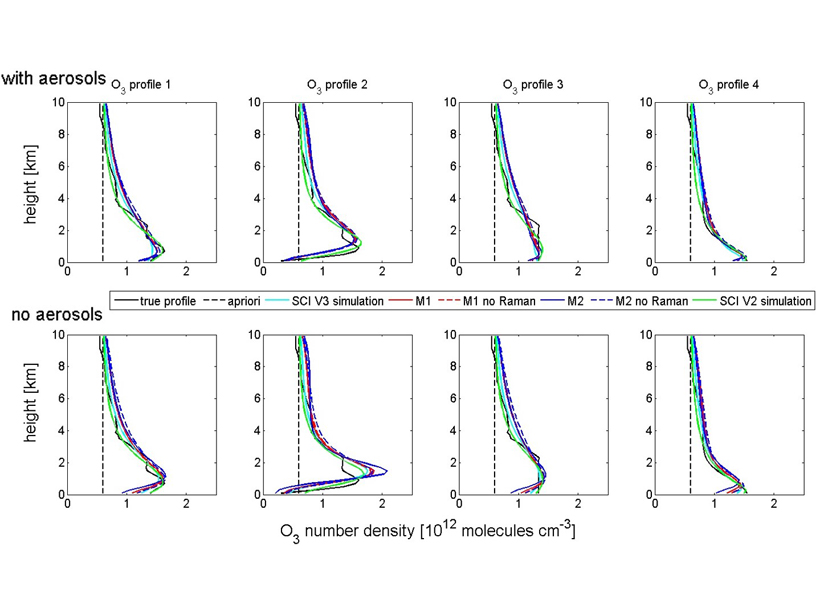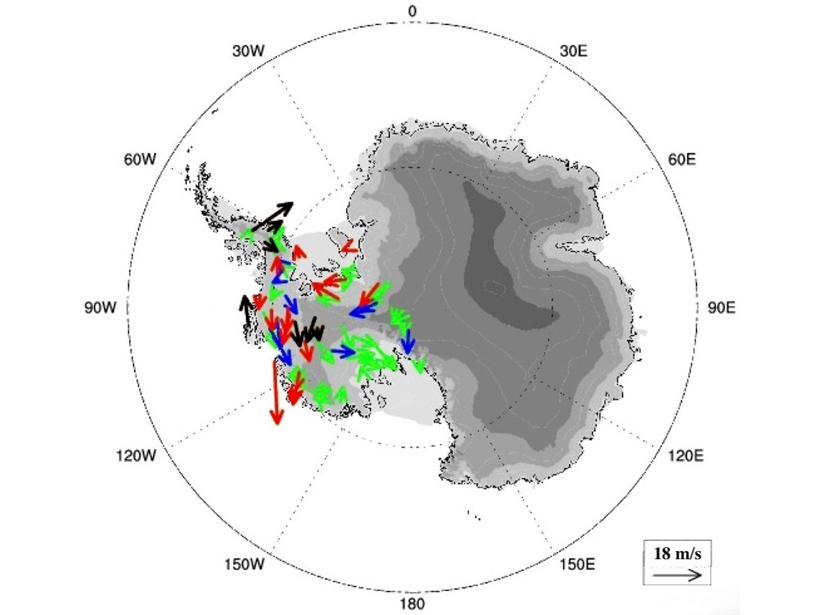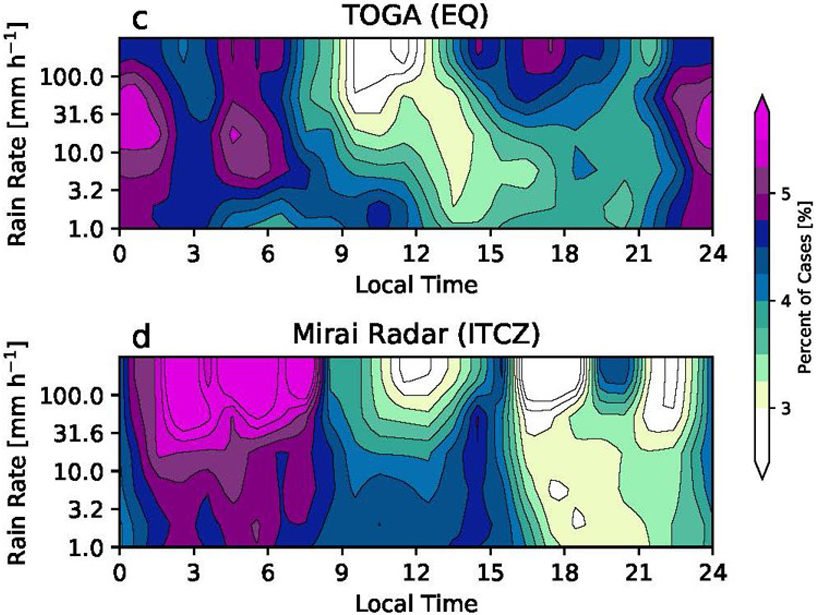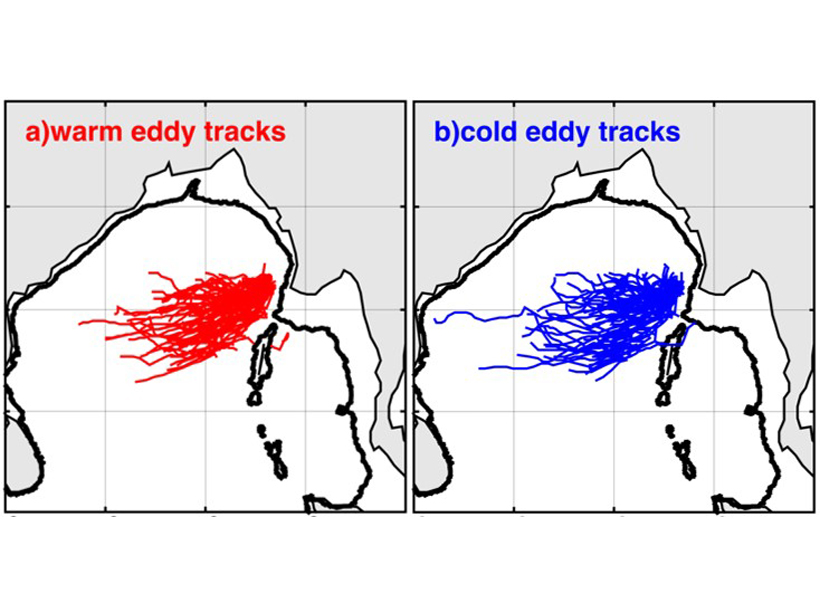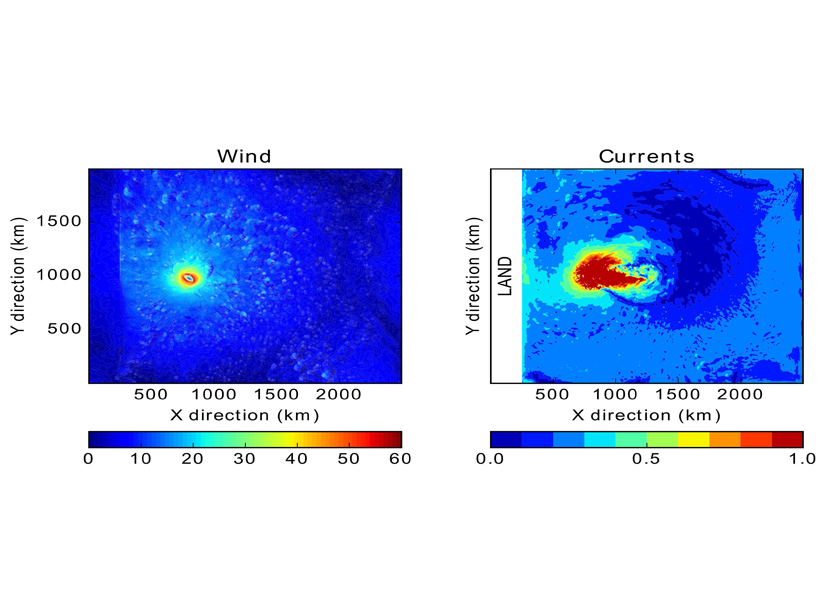Two lightning flashes were observed in the same location: One produced a bright gamma-ray flash with about 1000 counts per millisecond, but the other did not.
Editors’ Highlights
Dolphins in Florida Show Exposure to Phthalate Contaminants
Scientists have detected exposure to phthalates among a majority of bottlenose dolphins sampled in Sarasota Bay, Florida (2016–2017), including some with levels comparable to those observed in humans.
Retrieving Tropospheric Ozone from Ground-based Spectroscopy
A new technique can retrieve the profile of ozone from surface to tropopause by MAX-DOS ground-based measurements.
Dropsondes Reveal Atmospheric Boundary Layers Over Antarctic
636 high-resolution dropsondes reveal four types of atmospheric boundary layer over the Antarctic, including well-mixed and convective types.
Polarization Measurements Probe the Physics of Lightning
A new measurement capability can detect the polarization of the radio frequency wave of lightning sources, which reveals different forms of lightning breakdown processes.
Diurnal Variation of Rainfall over the Equator Revisited
Radar data show an afternoon precipitation maximum in the equatorial Indian Ocean in addition to the nocturnal maximum; this occurs under light surface winds and suppressed large-scale convection.
Eddy Generation in the Central Bay of Bengal
Eddies in the central Bay of Bengal are generated near the eastern boundary of the basin, related to equatorial wind forcing, nonlinearity, and the topographic “bump” of Myanmar.
New Lidar Comparisons of Temperatures Near the Mesopause
For the first time, simultaneous measurements of upper atmosphere temperatures over altitudes 80 to 110 kilometers have been made by two complementary lidar techniques.
Can Coastal Surface Currents Improve Hurricane Forecasts?
An idealized model explores whether hurricane intensity forecasts could potentially be improved by incorporating coastal surface currents data.
Energetic Electrons Can Penetrate the Stratosphere
Precipitations of electrons with energies greater than 30 kiloelectron volts from the slot region penetrate at low altitude and can contribute to destroy ozone.



